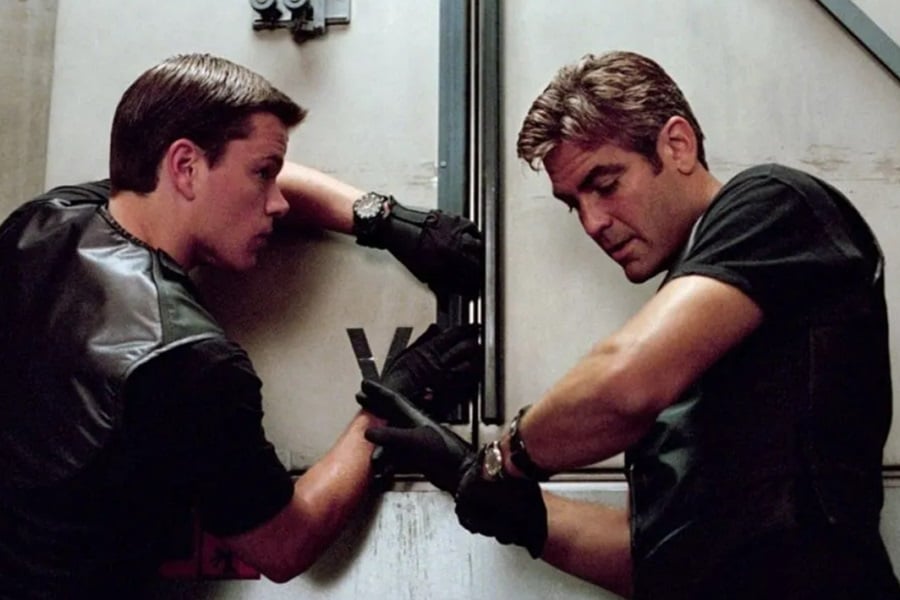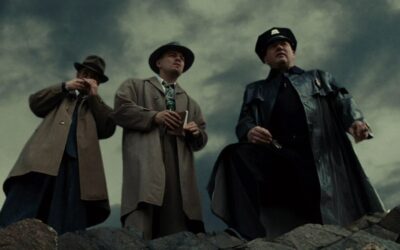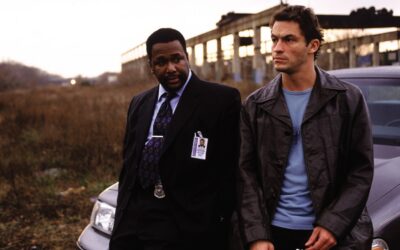
Creative Ways to Commit a Crime
Thrillers thrive on the unexpected, the ingenious, and the audacious. In the dark, shadowy corners of the genre, some crimes stand out not just for their audacity but for their sheer inventiveness. These are the crimes that make you marvel at their complexity, even as they send shivers down your spine. Let’s delve into some of the most creative heists and crimes in thriller fiction, where the line between brilliance and madness blurs.
The heist in Ocean’s Eleven is a masterclass in complexity and coordination. Danny Ocean, played by George Clooney in the film adaptation, orchestrates a plan to rob three Las Vegas casinos simultaneously. The plot is a symphony of moving parts, each member of Ocean’s crew playing a vital role in the execution. From the suave distraction techniques to the intricate hacking and safe-cracking, the heist is a ballet of crime that leaves you in awe of its sheer audacity and precision.
Another stroke of criminal genius can be found in The Thomas Crown Affair. Both the original film and the 1999 remake starring Pierce Brosnan showcase a billionaire art thief who uses his wealth and intellect to steal priceless paintings. The elegance of Thomas Crown’s methods, from creating diversions with replicas to manipulating security systems, elevates the heist to an art form. It’s a game of cat and mouse played with the highest stakes, where the thrill lies in the meticulous planning and flawless execution.
Then there’s the chilling brilliance of Hannibal Lecter in The Silence of the Lambs. Lecter’s crimes are as much about psychological domination as they are about physical brutality. His escape from custody is a masterstroke of planning and improvisation, using his intellect and acute understanding of human nature to outwit his captors. Lecter’s ability to manipulate those around him, coupled with his terrifying calmness, creates a sense of unease that lingers long after the story ends.
In the realm of high-tech crime, Blackhat stands out with its depiction of cyber heists. The film, directed by Michael Mann, delves into the world of hacking, where criminals manipulate digital systems to cause real-world chaos. Chris Hemsworth’s character, Nicholas Hathaway, navigates a labyrinth of code and cyber warfare, highlighting the vulnerability of our digital age. The crime here is not a physical theft but an invisible invasion, demonstrating that the most valuable commodities in the modern world are data and control.
Another mind-bending crime can be found in The Prestige by Christopher Priest, adapted into a film by Christopher Nolan. The rivalry between two magicians, played by Hugh Jackman and Christian Bale, escalates into a series of increasingly dangerous and elaborate tricks. Their ultimate crime involves the manipulation of reality itself, blurring the lines between illusion and truth. The film’s twist ending redefines what we understand about their rivalry, turning their acts of magic into a tragic commentary on obsession and sacrifice.
In The Girl with the Dragon Tattoo by Stieg Larsson, Lisbeth Salander’s methods of uncovering and avenging crimes are nothing short of revolutionary. Her hacking skills and relentless pursuit of justice expose the darkest secrets of those who believe themselves untouchable. The crimes she uncovers, buried beneath layers of respectability and power, are matched only by her ingenious ways of bringing them to light. Salander’s blend of intellect and tenacity makes her a force to be reckoned with in the world of fiction.
The Italian Job offers another ingenious heist, where a team of thieves led by Charlie Croker, played by Michael Caine in the original and Mark Wahlberg in the remake, aims to steal gold bullion from a heavily guarded vault. The heist’s brilliance lies in the use of Mini Coopers to navigate through the narrow streets and tunnels of Turin. The meticulous planning, including creating a traffic jam to aid their escape, showcases a level of creativity that transforms a simple theft into a breathtaking spectacle.
In Gone Girl by Gillian Flynn, the crime is as much about deception as it is about murder. Amy Dunne’s disappearance and the subsequent unraveling of her carefully constructed lies showcase a masterful manipulation of perception. Amy’s intricate planning, from planting evidence to scripting her own diary, paints a picture of a woman whose intellect is as formidable as her resolve. The twist in her narrative redefines the nature of the crime, turning it into a dark commentary on marriage and identity.
Inside Man, directed by Spike Lee, features a bank robbery that doubles as a social commentary. Clive Owen’s character meticulously plans a heist that involves taking hostages, but the true genius lies in his escape plan. Disguising himself as one of the hostages, he blends back into the crowd, leaving no trace behind. The heist is revealed to be not just about money but about exposing hidden truths and injustices, adding layers to the crime’s ingenuity.
Heat, another Michael Mann classic, showcases the cat-and-mouse game between master thief Neil McCauley, played by Robert De Niro, and LAPD detective Vincent Hanna, played by Al Pacino. The heists in this film are brutal and efficient, but it’s the meticulous planning and the high-stakes personal drama that elevate the crimes to legendary status. The final confrontation between McCauley and Hanna is a testament to the thin line between hunter and hunted, criminal and lawman.
These creative crimes in thrillers highlight the boundless imagination that authors and filmmakers bring to the genre. Whether through ingenious heists, psychological manipulation, or high-tech capers, these stories push the boundaries of what we expect from crime fiction. They remind us that the most compelling mysteries often lie not in the act itself, but in the mind of the one who conceived it.
More Crime Features
Literary Crime
Where Depth Meets Deceit
Criminal Fashion
Iconic Outfits and Styles in Crime Fiction
Ethics in Crime Fiction
Exploring Morality in Law and Order



